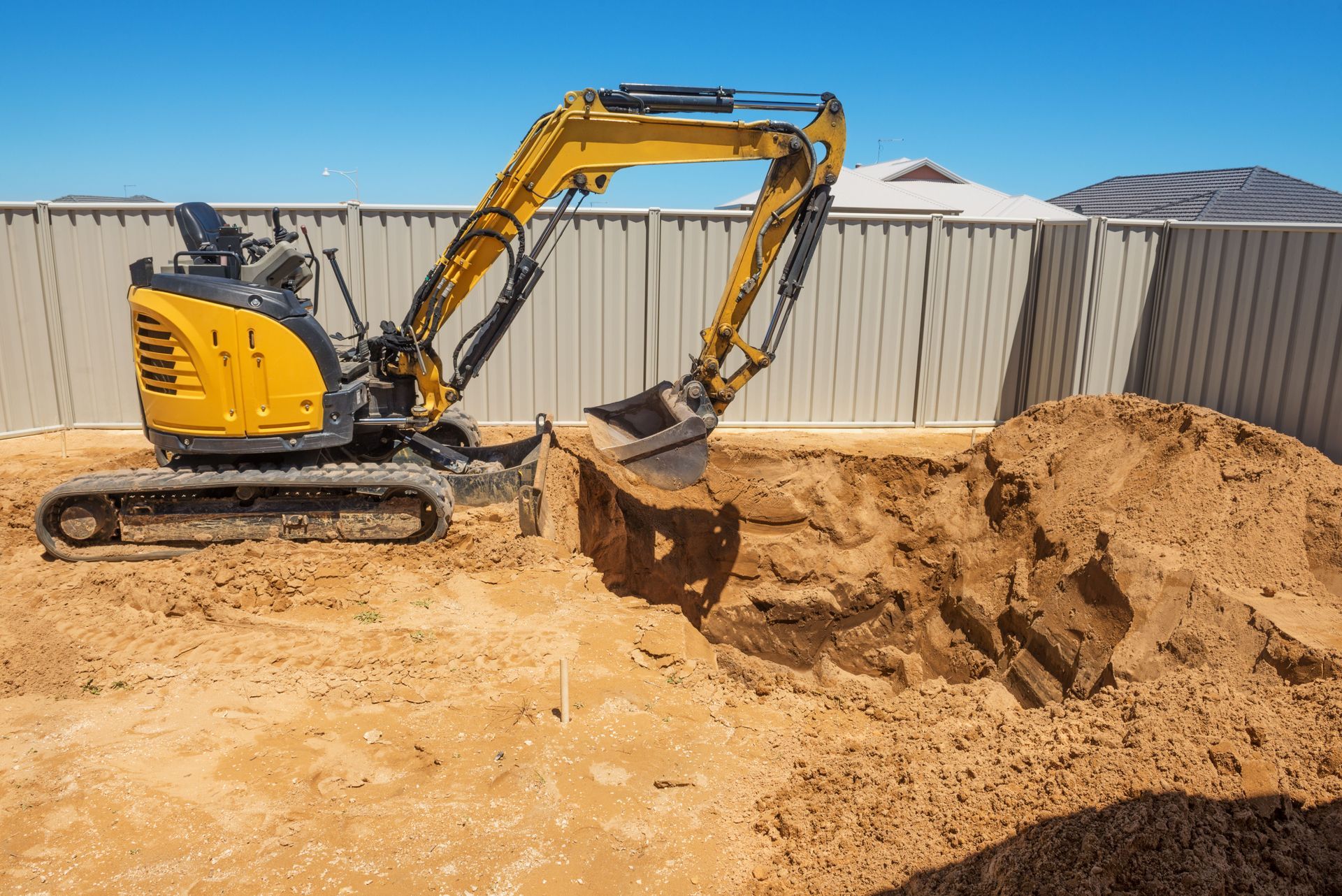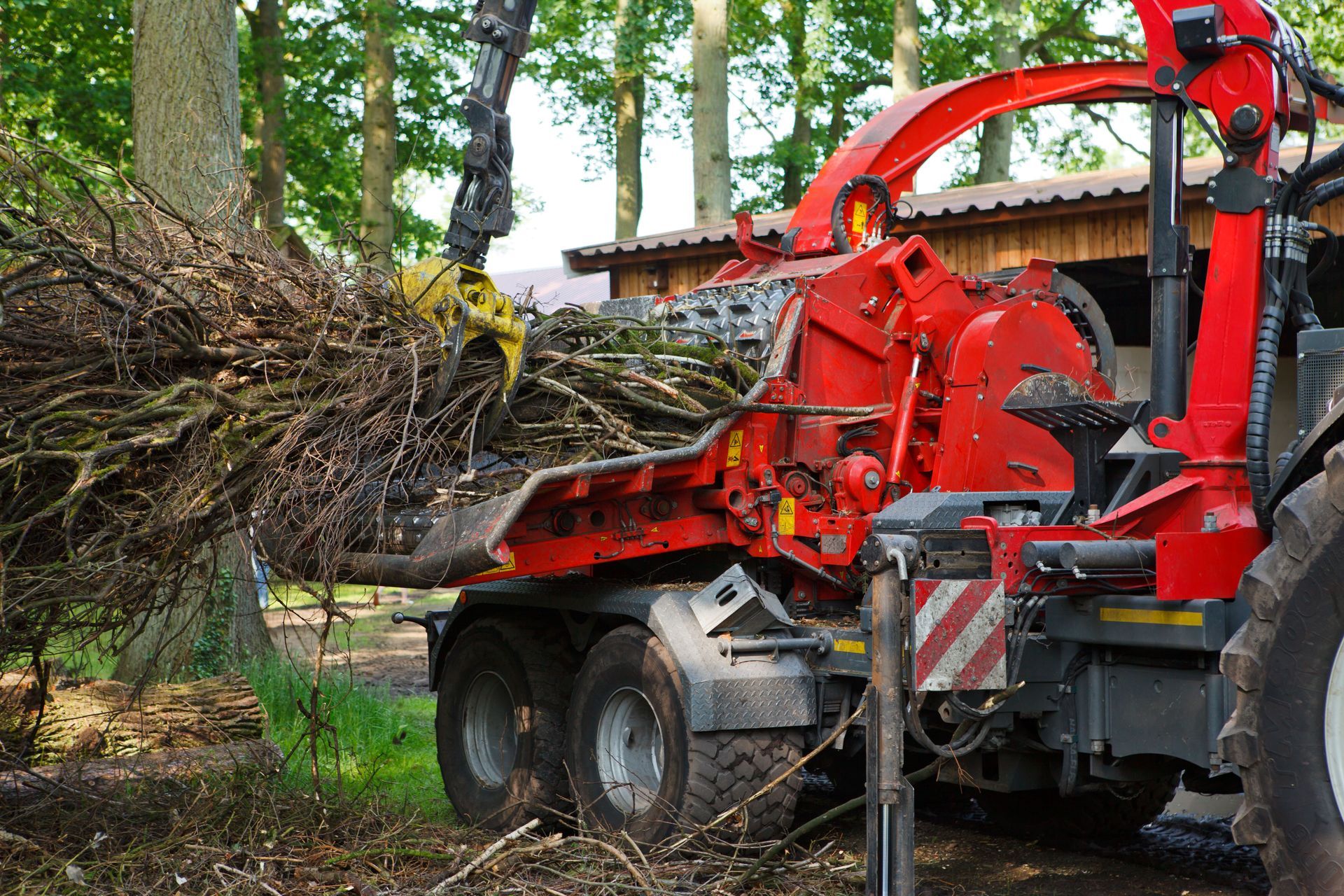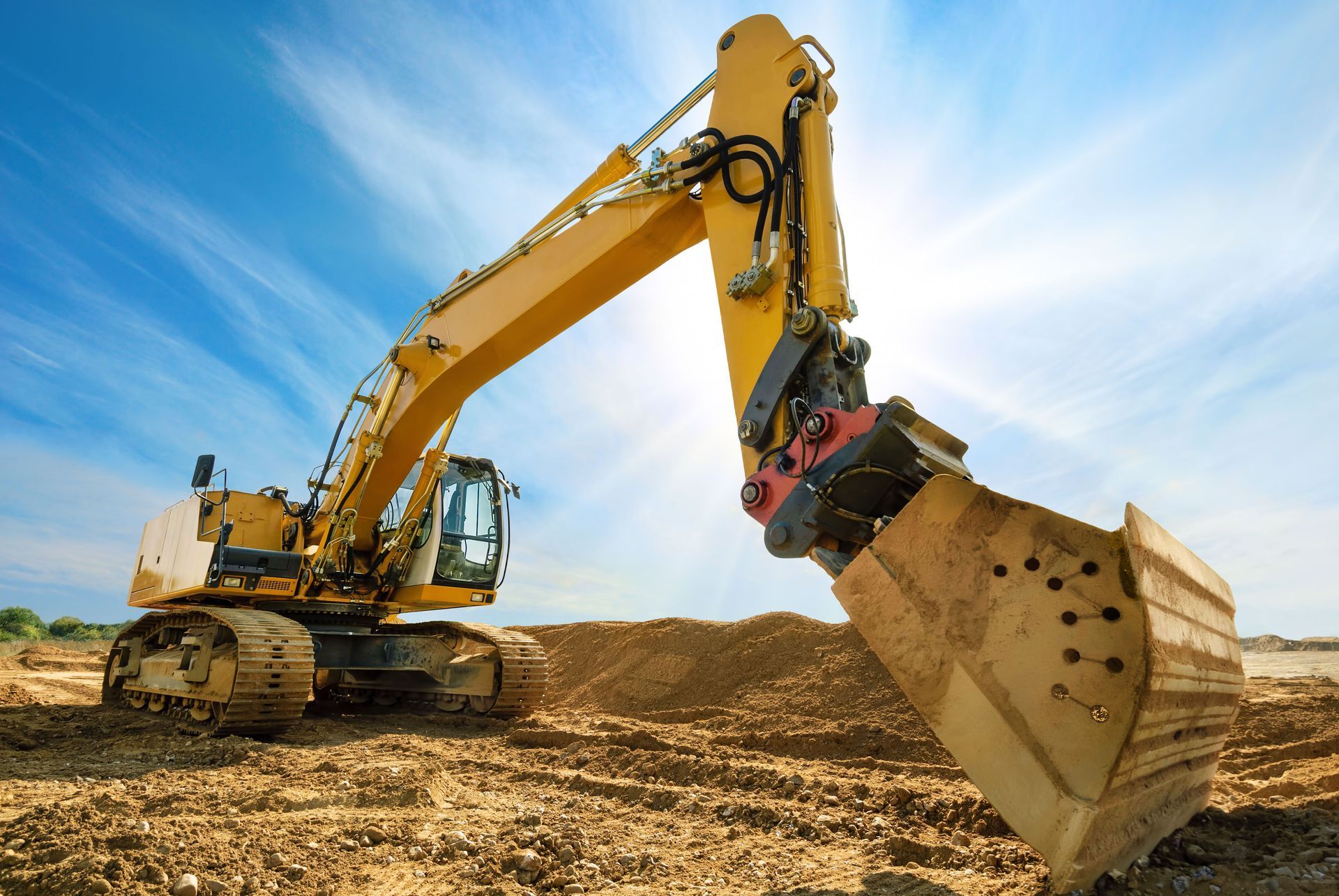Determining Whether to Buy or Rent Your Equipment
Deciding whether to buy or rent equipment is a crucial decision faced by businesses and individuals alike. This decision significantly influences financial planning, operational efficiency, and strategic growth. The choice between buying or renting depends on a multitude of factors, such as financial capacity, duration of equipment use, technological advancements, and market trends. Understanding these factors helps in making an informed decision that aligns with both business goals and financial realities.
Evaluating Duration and Frequency of Use
The frequency with which equipment will be used is a pivotal factor in deciding to buy or rent. For equipment needed frequently and regularly, owning might present a better choice over the long term. Conversely, equipment required sporadically or for specific projects can be more economically accessed through equipment rental services, avoiding underutilization. Businesses can efficiently allocate resources by matching the acquisition method—rental or purchase—to the expected frequency of use.
The duration of need for equipment is closely tied to the decision-making process. Short-term projects or temporary requirements are often best served by renting, as it provides flexibility without long-term commitments. On the other hand, equipment needed for ongoing operations or continuous production might justify purchasing, offering sustained access without the renewal of rental contracts. By clearly evaluating the duration of need, businesses can reduce expenses and streamline operations. Aligning acquisition strategy with project timelines helps optimize resource allocation and productivity.
Whether equipment is used seasonally or year-round significantly influences the decision to buy or rent. Seasonal use cases, prevalent in agricultural and construction industries, often benefit from the flexibility of equipment rental services that prevent idle equipment ownership. Renting allows companies to access the equipment when needed and return it without the burden of maintaining it during the off-season. Conversely, businesses that require machinery consistently year-round may find ownership more practical. Understanding these patterns ensures that equipment strategies are aligned with operational timing and resource availability.
A strategic consideration in equipment acquisition is the alignment with planned future projects. Businesses with clear project pipelines may opt for ownership, ensuring the availability of key machinery for anticipated needs. Rentals, however, offer the flexibility to scale operations up or down as projects evolve, an asset in dynamic environments. According to LLC Buddy, renting their construction equipment can help companies save about 30-50% of the total cost of ownership. By matching acquisition choices with projected workloads, companies can adapt swiftly to changing demands without underinvesting or overcommitting resources.
Flexibility and adjustability are advantageous benefits particular to rental equipment. Renting allows swift access to different machinery types as project requirements shift or as new technologies become available. This adaptability enables businesses to respond efficiently to market changes without the constraints of ownership. Moreover, equipment rental services often involve flexible terms that cater to a company's unique needs. Embracing flexibility in equipment acquisition supports business agility and competitive positioning in fast-paced environments.
Assessing Technological Advancements
The rapid rate of technological advancement is a significant consideration for equipment acquisition. Industries reliant on cutting-edge technology may find renting advantageous for accessing the latest innovations without committing to purchases that could soon become outdated. Understanding the rate of change aids strategic decisions on acquiring and utilizing technology to support business success.
Access to the latest technology can greatly influence operational effectiveness. Renting offers the opportunity to benefit from the newest advancements, thus giving access to state-of-the-art tools in a timely fashion. This access allows businesses to maintain a competitive edge and adapt rapidly to industry innovations. In contrast, ownership can lead to challenges of incorporating new technologies as they become available, requiring additional investments in upgrades or replacements. Carefully evaluating the necessity of cutting-edge technology can lead to more informed acquisition strategies that promote business growth.
Compatibility with existing equipment rental services and systems is vital for seamless operations. New equipment, whether rented or owned, must integrate smoothly with current setups to avoid disruption and additional integration. Renting provides an advantage here, allowing for trial and error in choosing compatible equipment without long-term commitments. Confirming compatibility ensures efficiency improvements without unnecessary downtime or expenses. This careful consideration helps maintain a streamlined operation, ultimately supporting business outcomes and efficiency.
Measuring Operational Efficiency
Equipment acquisition impacts productivity directly, influencing the decision to buy or rent. Having reliable equipment that enhances task efficiency and effectiveness is crucial for maintaining competitive operations. Renting can offer access to high-performance equipment without the substantial investments associated with purchasing, maximizing productivity. Conversely, ownership allows for customized setups tailored to specific productivity goals. Understanding how equipment types and agreement terms affect operational efficiency aids in achieving optimal productivity.
Downtime and reliability are critical operational factors when evaluating equipment strategies. Rental companies often provide well-maintained, reliable equipment that reduces downtime risk during critical operations. Configuring acquisition strategies to minimize downtime supports consistent operations, safeguarding business performance.
Customization plays a significant role in equipment acquisition decisions. Owned equipment can be modified to meet specific business requirements, providing a tailored approach to optimizing workflows. However, rentals usually come with limitations on modifications, potentially restricting customization opportunities. Evaluating the need for customization is essential, as highly specialized needs may justify ownership. Balancing customization demands with acquisition ensures that equipment meets operational needs without compromising strategic objectives.
Storage and transportation logistics contribute to the overall convenience of equipment ownership or rental. Owned equipment typically requires dedicated storage solutions and transportation logistics. Rental, meanwhile, often includes delivery and pick-up services, alleviating the burden of managing transportation logistics. Equipment rental services simplify these logistical challenges, providing efficient delivery and collection that reduces burdens on businesses. Evaluating these logistical considerations ensures that equipment strategies fit within logistical capabilities.
Supporting Business Growth and Scalability
Assessing business growth trajectories helps determine the appropriate equipment strategy. Expansion plans may dictate the need for equipment that can scale alongside business operations. Renting offers flexibility, allowing for adjustments as growth or contraction occurs. Aligning equipment acquisition choices with growth trajectories facilitates strategic planning and supports sustainable business development.
Incorporating flexibility for future expansion is crucial when determining acquisition strategies. Renting allows businesses to acquire additional equipment quickly as demand increases while facilitating agile expansion. On the other hand, owning equipment can provide strategic advantages through long-term preparedness for growth. By considering flexibility requirements, businesses can position themselves to efficiently seize new opportunities.
Fluctuating equipment requirements underscore the importance of flexibility in acquisition strategies. Industries with variable demand benefit from renting, as it enables companies to adjust quickly to changing needs. Ownership can complicate adaptability to fluctuating needs without incurring underused equipment.
Strategic planning and forecasting are key to informed equipment acquisition strategies. Accurate forecasting allows businesses to predict equipment needs and align them with acquisition approaches that best support strategic objectives. Renting mitigates the risk of over-investing in equipment while maintaining the capacity to respond to unforeseen challenges or opportunities. Conversely, ownership may limit flexibility if growth rates or project scopes shift unexpectedly. Through deliberate planning and insights-driven forecasting, equipment rental services help businesses optimize use to underpin sustained growth.
Ultimately, determining whether to buy or rent equipment is a multifaceted decision involving various strategic and financial considerations. By understanding the operational needs, technological trends, and market dynamics, businesses can make informed decisions that align with their unique circumstances. Whether prioritizing flexibility through equipment rental services or investing in stability through ownership, the decision should enhance business capability and align with broader strategic goals. For all of your rental and sale equipment needs, contact NMK Industries LLC today!




Share On: